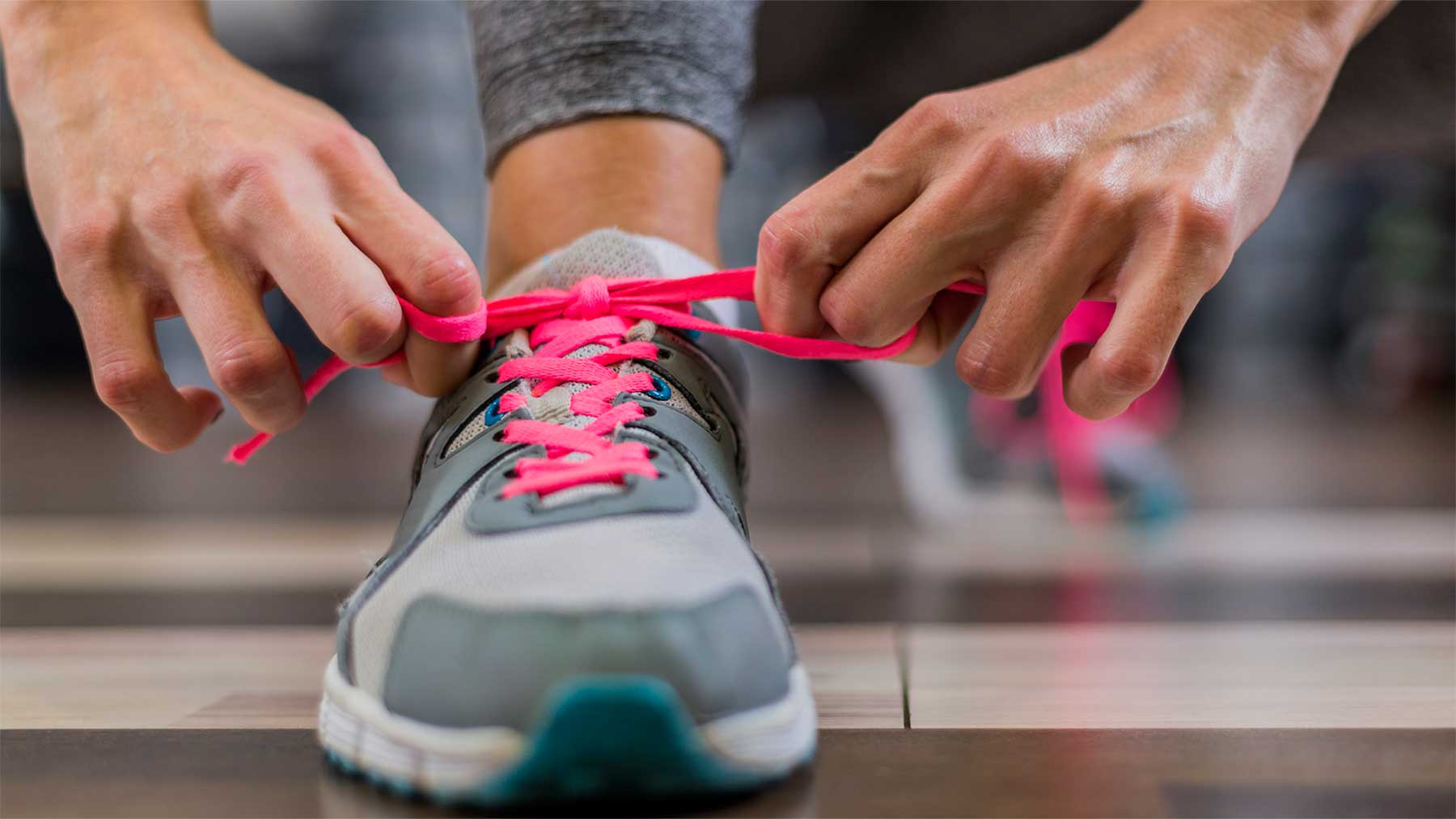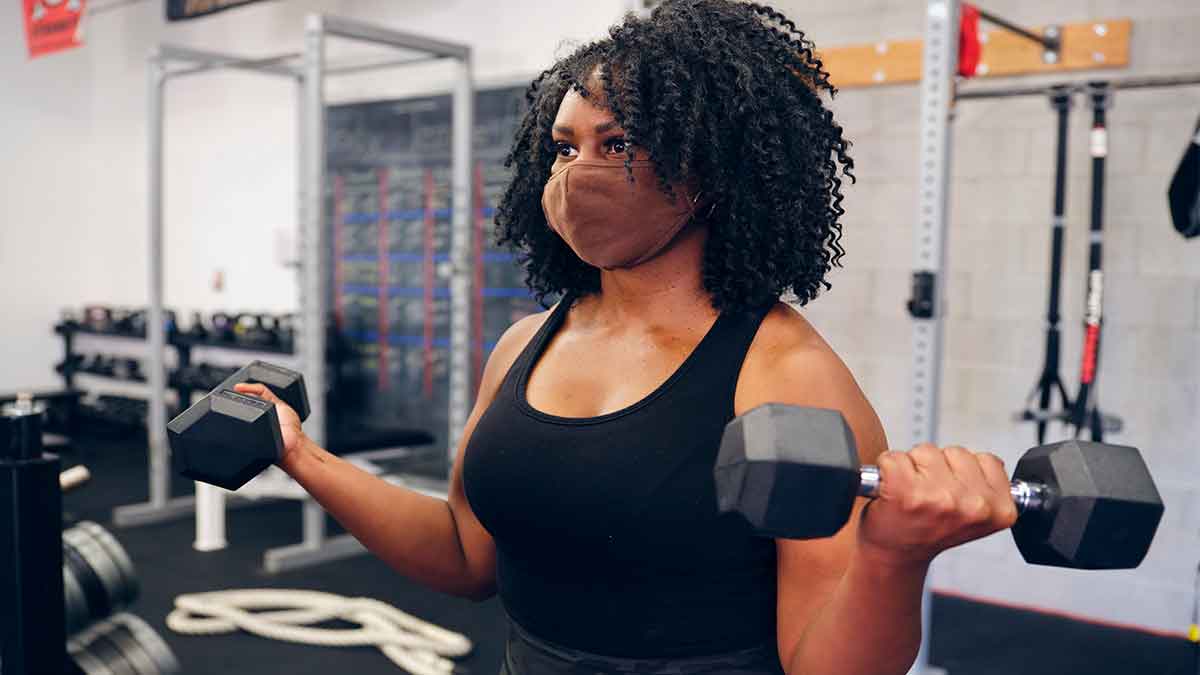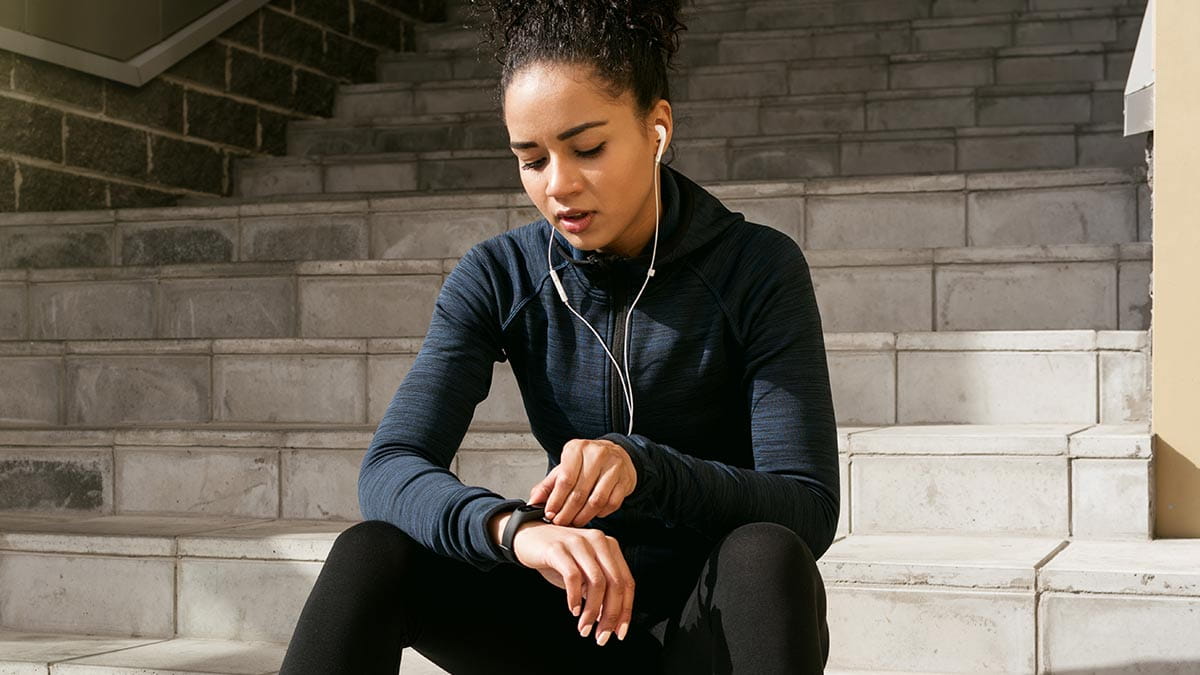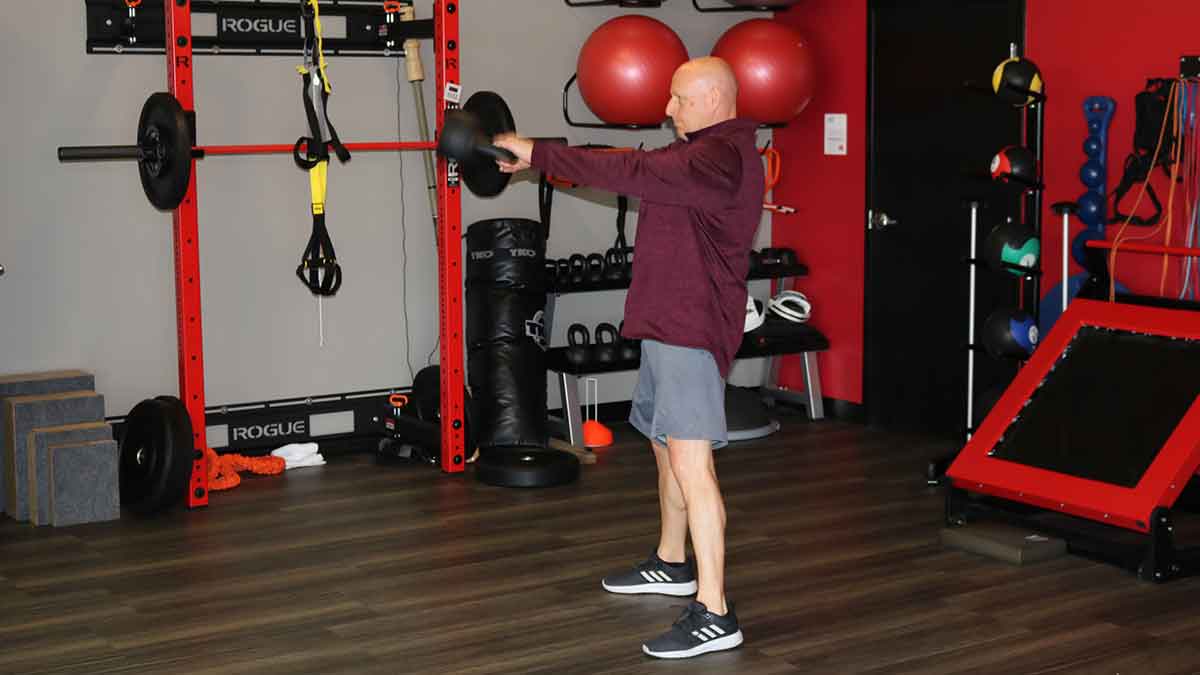How to properly lace running shoes

Shoelaces are likely the last thing you are thinking about when you go for a jog, but how those laces are tied can actually impact you, from faster race times to increased risk of injuries.
The size, shape, height and weight of your running shoe can also affect you in a major way.
“Optimal shoe wear will make for optimal performance conditions,” says Marcus Williams, PT, DPT, Sports Medicine manager and physical therapist at the Ohio State Wexner Medical Center Sports Medicine.
The way you lace depends on your foot pattern and any other issues you may experience as you run.
“There are times when, despite being in the right shoe, a runner may experience issues due to the size of the shoe and how it wears,” Williams says. “Some lacing strategies can help fix these issues.”
How to lace your running shoes:
f your heel is slipping:
- Crisscross laces until you get to the last eyelet
- Loop each lace by going down into the next hole on the same side, using this loop as an eyelet.
This snugs the shoe better around the heel
If you have a high arch, rigid feet or toes that go to sleep:
- Don't crisscross laces; this will distribute pressure more evenly
- At top of shoe, pass laces along the eyelets of the same side of the shoe
If you have wide feet:
- Skip the fourth and sixth (outer) eyelets for a looser fit
If you have narrow feet:
- Skip the third and fifth (inner) eyelets for a more snug fit
Know your foot pattern
Just like every runner has their own shoe size, they also have their own foot pattern – the way their feet strike the ground, and how it wears the inside of their shoes. Most foot patterns fall into three categories:- Overpronator: You have a flat arch and your foot rolls inward, causing the heel of the shoe to wear down toward the inside
- Normal: You have a normal arch, and your foot rolls inward at a normal rate, causing even wear at the heel and the ball of the foot
- Supinator: You have a high arch, and your foot tends to roll outward, causing the heel of the shoe to wear down along outside border
Find the right shoe
Remember, the right shoe isn’t just about size, or foot pattern.“Static foot posture, dynamic foot posture, running mechanics, body type, running surface and type of running should all be taken into consideration,” Williams explains.
For instance, an overpronator foot pattern would require shoe with motion control or high stability, while a supinator pattern would need a soft, flexible, well-cushioned shoe. A sports medicine doctor, such as those at Ohio State, or a running shoe specialty store can help you figure out the best shoe, or even design a removable sole that you can use in any shoe.
But finding the right fitting shoe isn’t all about comfort. Well-fitting shoes reduce the risk of common running injuries, which affect nearly 65 percent of runners each year.
“Poor-fitting footwear will not only negatively impact performance, but it could also cause poor mechanics, which may lead to injury,” Williams says.
In addition, it is important for you to keep in mind that your feet may change over time, and the type of shoe best for them may as well. You should evaluate your foot pattern and shoe size every time you are in the market for a new shoe.




